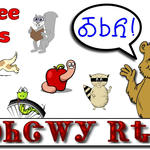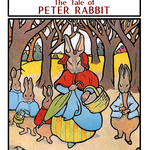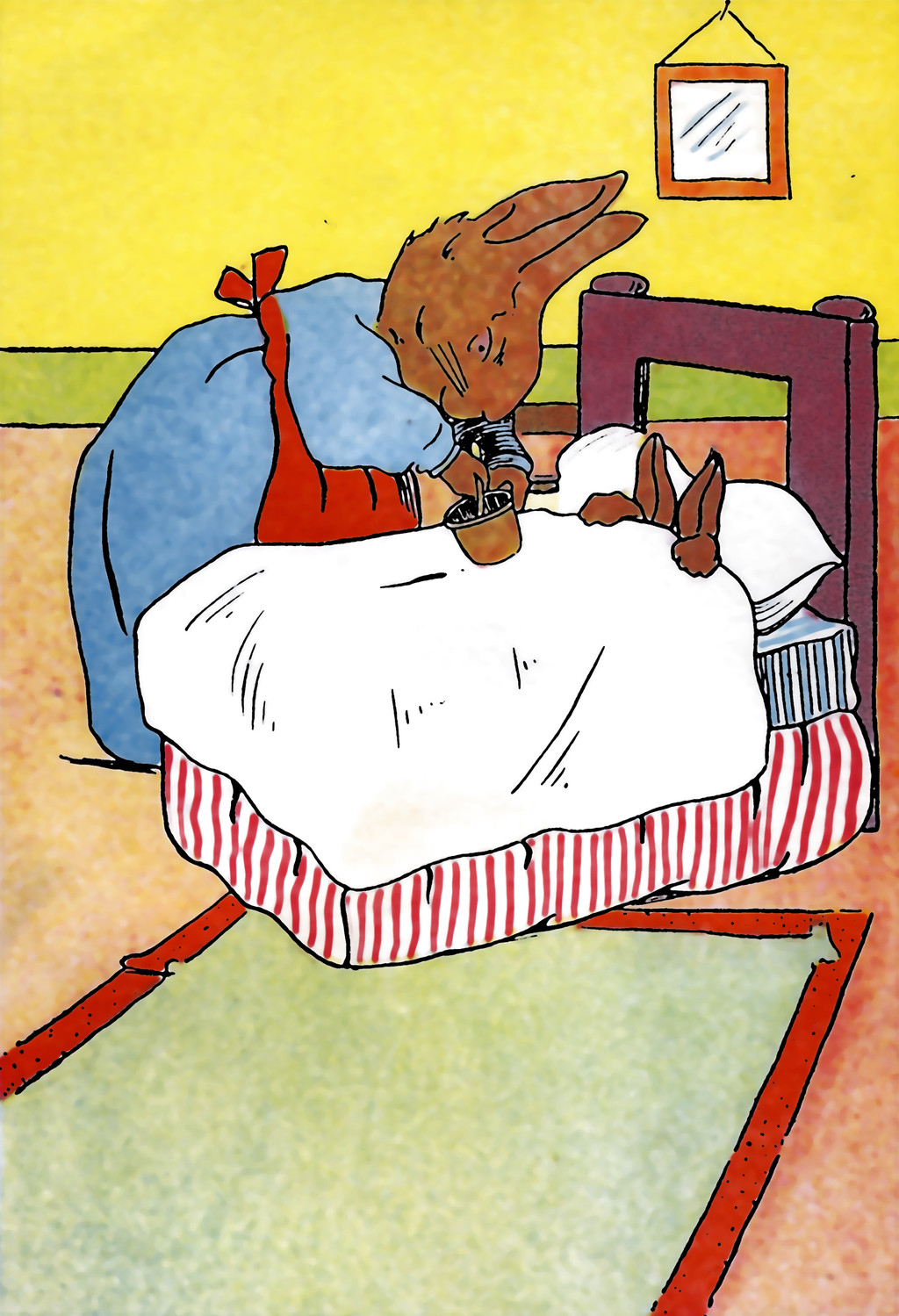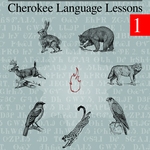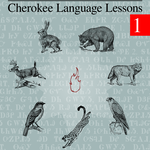
Audio Lessons - About
These audio exercise sessions complement the book 'Cherokee Language Lessons 1', 3rd Edition, by Michael Conrad. They are also usable with the 2nd edition.
Each set of audio exercises should be completed before working through the corresponding chapters in the book. The audio will indicate when you should switch to the book exercises.
When repeating an audio exercise on the same day, you should wait about an hour between sessions.
Do not and try to cram multiple audio exercises into a single day, you will not retain the material. The ideal schedule is one exercise repeated at least twice per day. Do the session in the morning, then repeat the session in the evening. Others prefer doing them three times, morning, noon, and then evening.
By the time you complete the audio exercises, you should have little to no difficulty with reading the Cherokee in the chapter texts.
